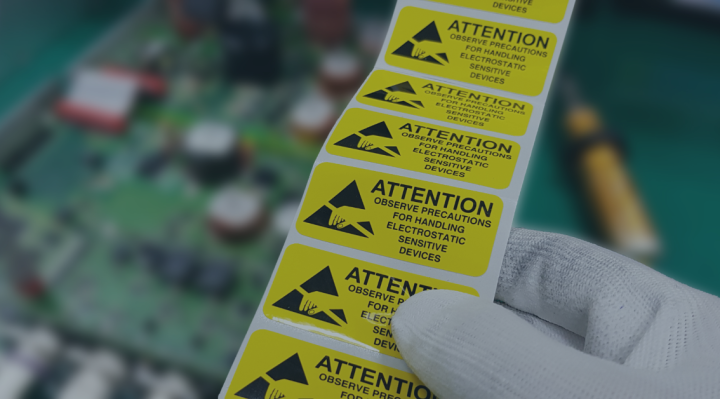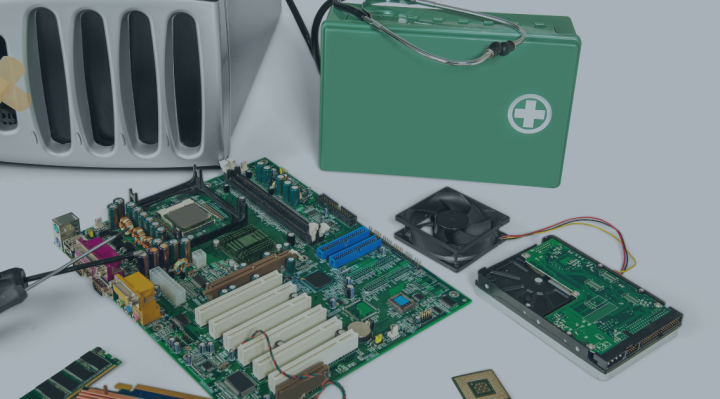Counterfeit electronics are a growing concern in the EMS-ODM industry. Find out how to protect your business from fake components and stay compliant.
Counterfeit electronic components pose serious risks for businesses and consumers in terms of compliance and health hazards. The problem has been exacerbated during COVID-19 due to disrupted supply chains and chip shortages.
In 2022, the number of the suspect or nonconforming parts circulating the market surged by 35 per cent year-on-year, according to the ERAI, the counterfeit electronics database: https://epsnews.com/2023/05/04/distributors-boost-testing-as-counterfeit-risks-rise.
In June 2023, Frontex reported: https://www.frontex.europa.eu/media-centre/news/news-release/810-995-counterfeit-products-61-246-counterfeit-electronic-devices-seized-in-a-global-operation-against-smuggling-y03j5F seizing 61 246 counterfeit electronic devices in a global anti-smuggling operation.
With fraud activity on the rise, the electronic industry needs to stay vigilant. Counterfeit parts can lead to product failures, safety hazards, and the loss of compliance, severely impacting revenue.
EMS companies struggling to source components directly from component manufacturers or authorized distributors should exercise increased caution. Purchasing parts from brokers is laden with risks that – fortunately – can be mitigated by taking proper precautions.
Here are the key ways to identify and avoid counterfeit electronic components.
1. Source components from trusted vendors
Opting for trusted vendors is the linchpin of safeguarding against counterfeit components. Establish a rigorous vendor selection process to ensure you work with reputable suppliers. Seek out vendors with a proven track record of reliability, quality assurance processes, and transparent sourcing practices. Prioritize vendors from your approved vendor list (AVL) who have consistent reliability and adhere to industry standards.
2. Inspect packaging to confirm authenticity
Performing a simple visual inspection of the packaging can reveal telltale signs of (in)authenticity. Counterfeiters often struggle to replicate packaging with the same precision as legitimate manufacturers. This can lead to errors in labels, logos, or holographic security features. By carefully examining the packaging, you may find common red flags for counterfeit components, such as misspelt brand names or irregular serial numbers. You can also try verifying the serial numbers of the components by contacting their manufacturers. Make sure to also check materials, seals, and bar codes in search of anomalies.
3. Run electrical and software tests
Packaging inspection is necessary but may not be enough to detect sophisticated forgeries. Tests are a more reliable way of telling apart between phoney components and the real thing. Methods of detecting indications of a counterfeit electronic part include basic electrical testing (measures basic parameters like voltage in, voltage out, etc., when applicable) and limited function testing. Unlike component manufacturers, EMS companies have limited access to the inner workings of components. Still, they can mount specific parts on circuit boards to verify the functionality of the integrated circuit as a whole by performing software tests. If the component is counterfeit, the circuit (a semi-finished product) may not work correctly. However, there is a non-negligible risk that some errors will manifest only after the launch of the product.
4. Perform an X-ray inspection
An X-ray inspection allows you to peer beneath the surface of an electronic part to analyze its internal structure for manufacturing errors and verify its authenticity. You can assess such features as wire bonds, die structures, encapsulation, etc. Counterfeit components often exhibit inconsistencies, irregularities, or defects that can be detected through X-ray imaging by comparing the component’s internal structure with that of its original counterpart – a procedure applied by experienced EMS companies.
5. Exercise business caution
Be alert to unrealistic pricing as a common-sense measure to reduce the risk of fraud. Counterfeiters sometimes lure buyers with low prices that seem too good to be true. Consider setting a benchmark for fair market prices and rejecting offers that raise a red flag. Moreover, avoid upfront payments for brokers from outside your AVL list. Negotiate a settlement structure where a major portion of the payment is made after you've had the opportunity to verify the components. Such an arrangement allows you to inspect the components for authenticity and functionality before completing the payment.






